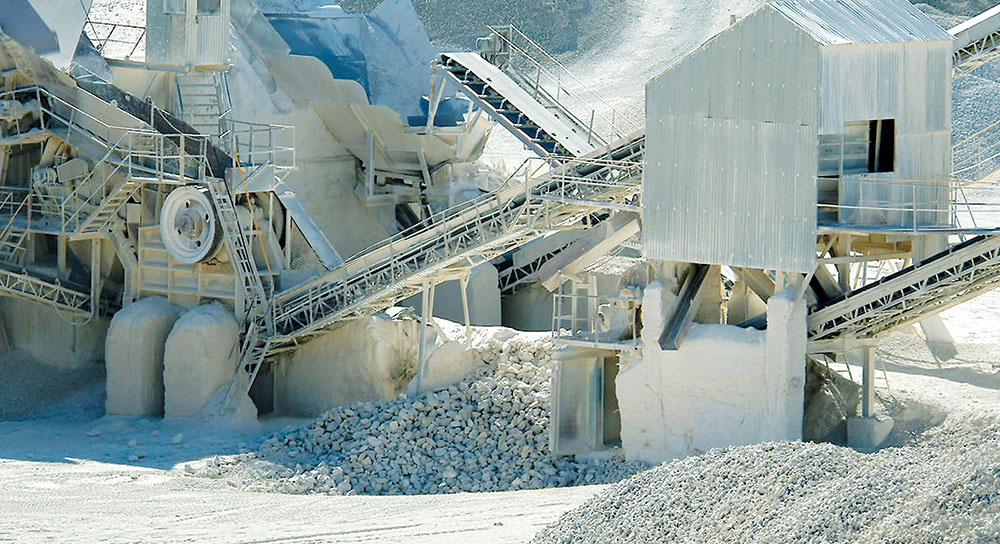According to forecasts from now to 2030, Viet Nam’s economy continues to grow at a high rate (from 6.5% to 7%/year), and the demand for power will also rapidly increase (over 10%/year). While the output of commercial power output in 2017 was over 190 billion kWh, it is expected that by 2030, total commercial power output will reach over 500 billion kWh, more than 2.5 times that in 2017.

Cement production is one of the energy-intensive industries (Illustration)
In addition to the above challenge, Viet Nam’s Energy sector is facing another challenge when their customers still use power in a wasteful way, leading to great pressure on ensuring the demand for power.
Mr. Ngo Son Hai - Deputy General Director of EVN said that beside the solution of adding power sources, it was necessary to enhance solutions for safe, economical and efficient use of power, and meanwhile manage the appropriate demand for power, particularly, give priority to the Southern region and the State’s mechanism to accelerate the load regulation program.
Electricity prices in line with the market mechanism regulated by the State should be promptly performed, ensuring the harmonious combination among the political and socio-economic objectives of the State and production and business objectives as well as financial autonomy of power enterprises.
In particular, functional agencies and branches should actively inspect and supervise industrial production establishments in their applying technical standards, regulations and norms on energy use as regulated by competent state agencies; selecting to apply advanced production management process and model, appropriate technology solutions and technology equipment with high-performance.
Particularly, it is necessary to encourage the development of scattered solar power projects and solar power projects in areas feasible for connection, support and encourage customers to use power (living, industrial zone, trade and services), invest in developing rooftop solar power projects, especially the Southern region.
Agreeing with the above-mentioned point of view, Assoc., Professor, Dr. Tran Dinh Thien - Member of the Economic Advisory Group of the Prime Minister, former Head of Viet Nam Institute of Economics said that Viet Nam’s mind of energy security currently had been very similar to the mind of food security. When being in hunger, a grain of rice is also precious, once it is in surplus, there appears wasteful use. In order to ensure national energy security, instead of just producing adequate capacity for supply, we must pay attention to managing the “demand”.
So how to manage the demand? Assoc., Professor, Dr. Tran Dinh Thien thinks that: “To manage the demand, we must calculate the electricity prices following the market mechanism, as decided by the market, the price shall be used to regulate energy demand. If the electricity price is too low, the economy cannot develop, consumers still uses outdated technology, causing power waste.
|
Calculated by EVN
- 2020: The estimated demand is about 265 - 278 billion kWh, increasing by about 10.3 - 11.3%/year;
- 2030: The estimated demand is about 572 - 632 billion kWh, increasing by about 8.0 - 8.5%/year.
- 2019 - 2020 period: Power supply will be ensured but the high-price oil-fired thermal power must be highly mobilized
- 2021 - 2025 period: Power system will become tense and the power shortage situation in the South will most likely occur.
- 2026 - 2030 period: Basic power supply will be assured if the construction progress of new power sources meets the requirements.
|